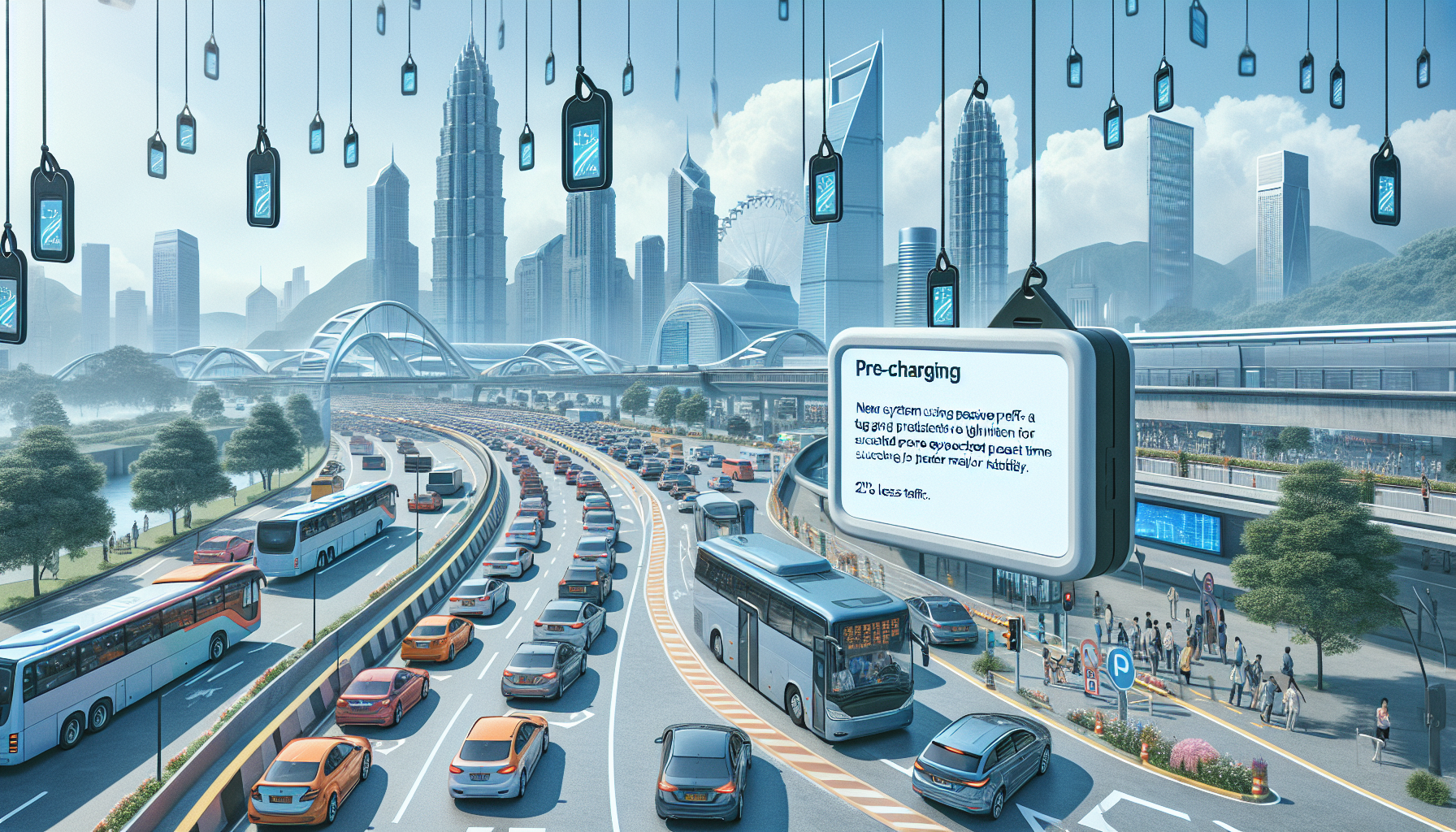Solutions adapted to local geographies
As Europe harmonizes, other regions are experimenting with variations of Free Flow Tolling more radical. In Santiago, Chile, the Costanera Norte urban highway has been charging per kilometer since 2019, but adds a congestion coefficient updated every ten minutes. Bangalore, India, converted three peripheral arteries to MLFF in just 14 months using low-cost ANPR cameras calibrated for two-line plates.
Focus on Dubai: Salik 2.0
The new system uses passive RFID tags and a predictive algorithm to pre-charge for predictable peaks (national holidays, major trade shows). The result: 22,% less traffic around the World Trade Center, according to the RTA.

Economic models
Unlike in Europe, operators can be mostly private and freely set a dynamic pricingIn Chile, the peak hourly rate reached €0.38/km in March 2025, compared to €0.09/km at night.
What can Europe learn from this?
- The importance of a flexible contractual framework: shorter concession cycle, adaptable KPIs.
- Real-time transparency: a public dashboard displaying minute-by-minute traffic and prices.
- The integration of congestion tickets into carpooling, in order to spread the cost and strengthen social acceptability.
Emerging countries are proving that voluntary free flow can work, provided there is a balance between accessible technology, agile regulation and constant communication.
